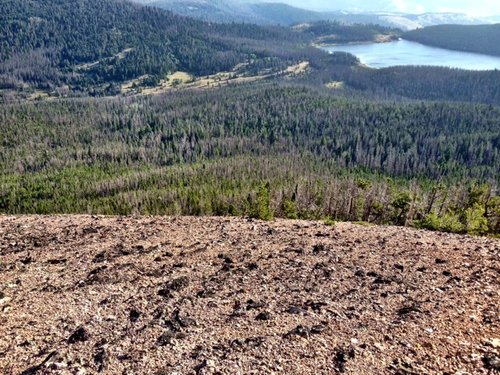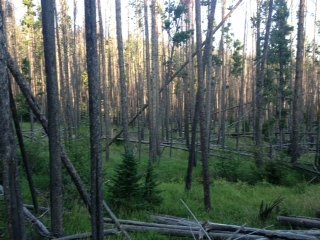BigHornRam
Well-known member
Is this technology acceptable to activist's like you? Should Montana pursue this kind of industry?
http://www.businesswire.com/news/ho...lanet-Bioenergy-Alliance-Network#.U1lDF-kU_IU
http://www.businesswire.com/news/ho...lanet-Bioenergy-Alliance-Network#.U1lDF-kU_IU







